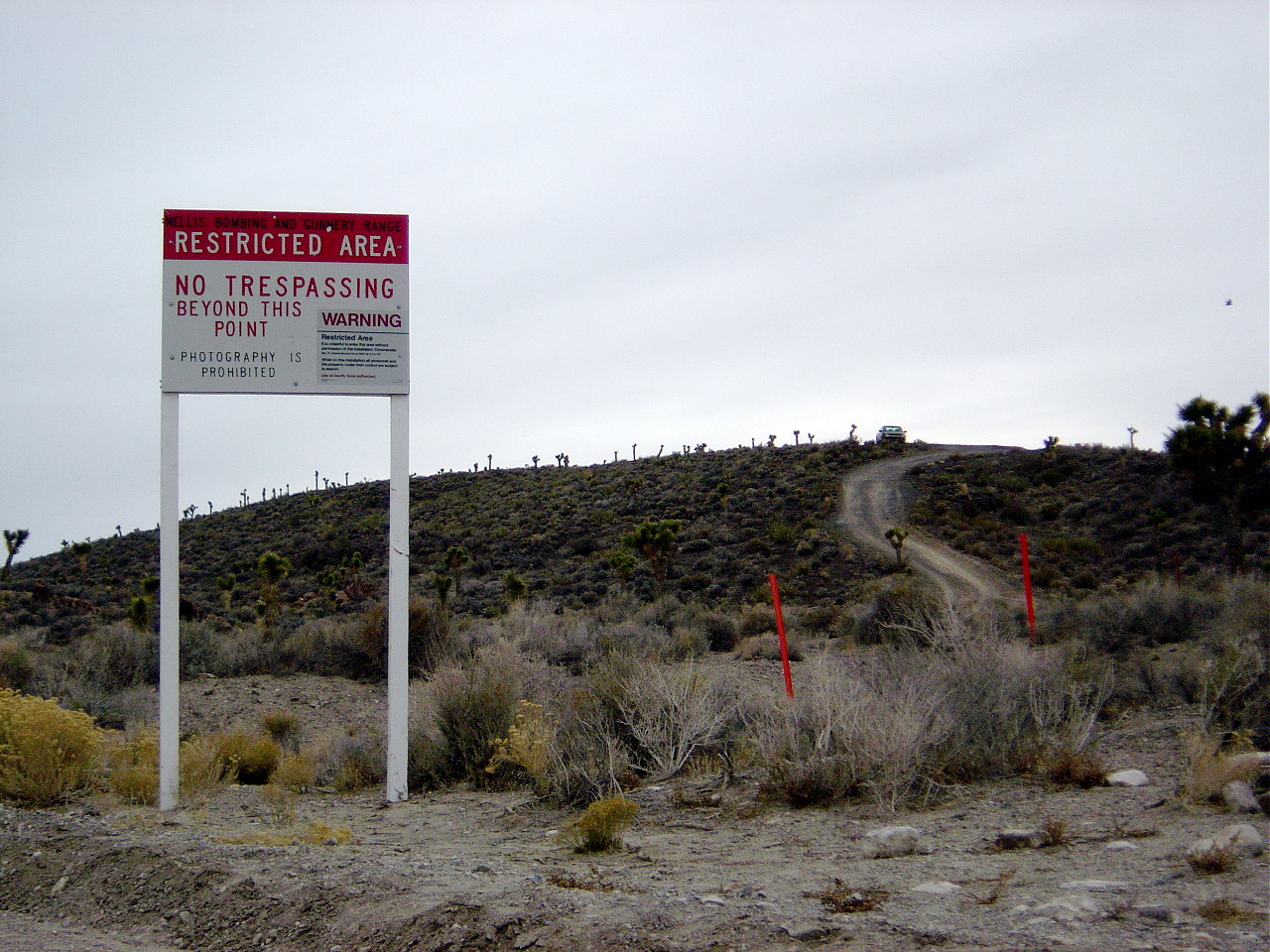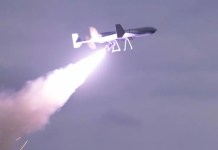For decades, the world has looked to the Nevada desert and wondered: Are we alone? The answer, at least as far as Area 51 is concerned, is likely yes — but the truth that replaces that fantasy is no less fascinating.
For decades, the barren expanse of Nevada’s high desert has been home to one of America’s most enduring mysteries: Area 51. To some, it’s a military base cloaked in Cold War secrecy. To others, it’s where the U.S. government hides evidence of extraterrestrial contact. But according to new revelations, the truth isn’t just stranger than fiction—it was built on fiction.
It turns out the alien legends that swirl around Area 51 weren’t just tolerated by the U.S. government—they were deliberately planted to obscure something very human, very real, and very classified.
A Deception Born In The Desert
In the 1980s, amid Cold War paranoia and the race for military dominance, the U.S. Department of Defense executed a bold psychological maneuver: it fed alien conspiracy theories to hide its most sensitive aircraft programs.
As detailed in a recent Wall Street Journal report, an Air Force colonel was ordered to infiltrate a bar near Area 51, where he casually handed the owner doctored photos of “flying saucers.” The intention wasn’t entertainment—it was misdirection.
Soviet surveillance was intense, and officials feared that real leaks about stealth technology could compromise the U.S.’s edge. So they did the unthinkable: they let the public believe in aliens.
Years later, the colonel admitted to Pentagon investigators that the stunt was part of a broader effort to divert attention from the then-secret F-117 Nighthawk, America’s first operational stealth fighter.
The thinking was simple: it was better to have the public chase flying saucers than to have the Soviets track jet designs.
Area 51: More Legend Than Landing Pad
Established in 1955 and hidden within the Nevada Test and Training Range, Area 51 was originally created to support the development of the Lockheed U-2 spy plane.
Over the decades, it has become the birthplace of revolutionary aircraft, including the SR-71 Blackbird, the A-12 Archangel, and the radar-evading F-117 Nighthawk.
Yet to the outside world, it became something else entirely.
The name “Area 51” originates from its map designation by the Atomic Energy Commission, although for a time it was known by the oddly inviting nickname “Paradise Ranch”—a marketing ploy by Lockheed to attract engineers and technicians to one of the most remote job sites on Earth.
Over the years, it became a proving ground for revolutionary aircraft, from the high-flying SR-71 Blackbird and A-12 Archangel to the radar-evading F-117 Nighthawk stealth fighter.
But despite its prosaic beginnings, the base evolved into a cultural touchstone of secrecy and speculation.
For decades, the government refused to acknowledge the base at all. It wasn’t until 2013 that the CIA officially confirmed the existence of Area 51, releasing documents related to the U-2 program in response to a Freedom of Information Act request by the National Security Archive. Even with this rare glimpse behind the curtain, much about the site remains classified.
But even that small window into the truth only deepened the allure. What else might still be hidden?

Weaponizing Wonder: UFOs As Cover
In 2022, the Pentagon established the All-Domain Anomaly Resolution Office (AARO), a new unit tasked with clarifying the complexities of Unidentified Anomalous Phenomena (UAPs).
The office had two main responsibilities: to assess the surge in UAP sightings—most of which were later identified as balloons, birds, or satellites—and to probe whether the U.S. government had ever secretly recovered alien technology.
To the disappointment of unidentified flying object (UFO) believers, AARO’s findings were far more terrestrial.
Instead of uncovering hidden alien artifacts, they found evidence that the Pentagon had occasionally amplified UFO myths to obscure black-budget defense projects.
Dr. Sean Kirkpatrick, AARO’s inaugural director, reviewed decades of military files and discovered multiple instances where UFO myths had been deliberately seeded from within.
One example involved a bizarre internal hoax known as Project Yankee Blue, in which new Air Force recruits were told of a top-secret unit that studied alien aircraft.
The kicker? The unit didn’t exist. The recruits were ordered to stay silent—many never realizing it was all a ruse. The practice persisted until the Pentagon formally shut it down in 2023.
Kirkpatrick’s review also revisited a famous 1967 incident at a Montana nuclear base. Former Air Force captain Robert Salas claimed a UFO hovered over the site and disabled ten nuclear missiles. He said he was later ordered to keep quiet about what he saw.
But according to AARO’s findings, the real cause may have been a failed electromagnetic pulse (EMP) test conducted to evaluate the base’s vulnerability to nuclear disruption—an exercise Salas and others were never informed about.
The Myth That Escaped Containment
Ironically, the disinformation campaign designed to protect U.S. military secrets ultimately sparked a cultural phenomenon too big to control. What was meant as a clever Cold War strategy evolved into a sprawling mythology of aliens, abductions, and government cover-ups.
Area 51 was designed to be impenetrable—both physically and, as it turns out, psychologically.
Shielded by layers of secrecy, the base is surrounded by a no-fly zone, off-limits access roads, cutting-edge surveillance, and a ready military security force that patrols the perimeter.
But the elaborate effort to cloak the base in mystery by feeding alien rumors may have worked too well. Instead of merely deflecting attention from classified military projects, the myth evolved into something far larger and more difficult to contain. The whispers of flying saucers and little green men took on a life of their own—embedding themselves in pop culture, conspiracy circles, and even political discourse.
By 2019, the fantasy had reached a surreal new height. A viral internet joke—”Storm Area 51, They Can’t Stop All of Us”—spread like wildfire. Millions RSVP’d to the tongue-in-cheek event online, claiming they’d rush the gates and uncover the truth once and for all. However, what started as satire took a sharp turn when people actually began to show up. The Air Force issued warnings. Authorities tightened security. At least one person was arrested for trespassing.
The government had succeeded in obscuring its stealth programs behind a veil of science fiction. But in doing so, it gave birth to a legend that still fuels headlines, memes, and late-night conversations to this day.
Area 51: The Truth Beneath The Lore
So, are there aliens at Area 51? Probably not. But that doesn’t mean what goes on there is any less fascinating.
What’s known is that Area 51 has been critical to the development of some of the most advanced aerospace technology in U.S. history. What remains unknown is what still happens there—because even now, much of the base’s activity is strictly classified.
And perhaps that’s the most enduring part of the Area 51 story. The public’s imagination filled in the blanks left by official silence. And in that space between fact and fiction, a modern myth was born—one carefully seeded by the very government that now claims to debunk it.
In the end, the aliens may have been a decoy. But the mystery? That was always real.
- Shubhangi Palve is a defense and aerospace journalist. Before joining the EurAsian Times, she worked for ET Prime. She has over 15 years of extensive experience in the media industry, spanning print, electronic, and online domains.
- Contact the author at shubhapalve (at) gmail.com




